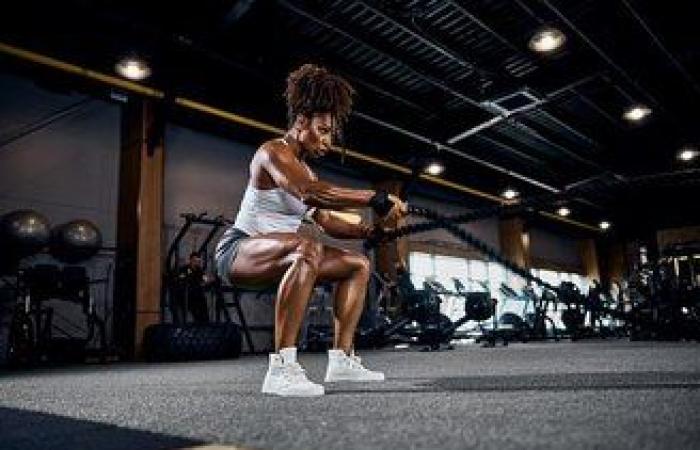This text was written by a TecMundo columnist; find out more at the end.
Do you want to live longer? Do cardio. This has been one of the strongest relationships established in the science of physical exercise. Longevity and cardiorespiratory fitness. People with good cardiorespiratory fitness have a longer life expectancy and lower risk of chronic diseases. Understand more about this relationship so you can take advantage of it.
Cardio: what is it?
Cardiorespiratory fitness is a strong and consistent predictor of morbidity and mortality among adults, it is the title of the largest and most recent study on the subject, published in the British journal of sports medicine, which accumulated all available evidence with 20.9 million observations from 199 cohort studies.
Fitness or cardiorespiratory conditioning is one of the components of physical fitness (which is the ability to perform physical activities) and represents how well our body can use oxygen during physical activities such as running, cycling or swimming. Although the term refers to the heart and lungs, it is the work of all the body’s systems to stay active during the body’s movement.
Walking, running, cycling, swimming and rowing are some of the possibilities for aerobic exercise.Source: Getty Images
Fitness is usually measured directly with an ergospirometric test (stress test) or indirectly with predictive equations. The result is a measure of maximum oxygen consumption (VO2max) or metabolic equivalents (METs), the latter being a measure of energy expenditure.
Peter Attia in the book “Outlive” states that the positive impact of exercise on longevity is the most irrefutable that can be found in all of human biology. In fact, it is moving to live longer. Data from the most current study demonstrates this, as having higher levels of cardiorespiratory fitness can significantly reduce the risk of all-cause mortality by almost half. Every 1 MET increase in fitness reduces the risk of mortality by 11 to 17% and the risk of heart failure by 18%.
How much physical activity is necessary?
The WHO’s global recommendation for adults is 2 hours and 30 minutes of moderate-intensity aerobic physical activity per week, which is popularly called “cardio”. You can divide the time into several sessions on different days of the week.
If you consider this too much time, you can reduce it by half, but increase the intensity: 75 minutes of vigorous-intensity physical activity (something you can’t talk about while doing it) per week. Furthermore, it is recommended to perform muscle strengthening twice a week, which can be done through weight training, Pilates, Yoga, functional training, CrossFit and others.
People who meet the global recommendation for physical activity appear to live 3 to 4 years longer than inactive people.
The combination of aerobic and strength activities is the best way to reduce the risk of dying, reducing it by 40%, as demonstrated in a study. Separately, adults who practiced aerobic training or muscle-strengthening training also had a reduced risk of all-cause mortality (29% and 11% reduction, respectively).
The combination of aerobic and strength training seems to be the most effective for living longer.Source: Getty Images
For the doctor and writer, we need good aerobic fitness to live life, which is basically about being great at going slow for a considerable amount of movement, but also going all out and fast when necessary. Aspects that translate into the predominant forms of aerobic exercise today, organized dichotomously:
– Moderate continuous aerobic: perform the activity at the same intensity or speed continuously, such as 30 or 40 minutes on an exercise bike.
– Interval: alternately perform more and less intense efforts, such as HIIT (high-intensity interval training) on the treadmill.
When choosing, you must consider your objectives, your previous experience, current level of conditioning, your physical structure and your preference, as you may feel more or less pleasure (or displeasure) in any of the ways, in addition to the guidance of a professional. of Physical Education.
Peter Attia considers it essential that If you are going to adopt a new habit, let it be in the field of exercise.. Thanks to the quick and significant effects that this behavior can bring us, in addition to infecting other habits. But the tip is not to wait until you have free time to start exercising, because when we get busy, we will probably stop.
***
Fábio Dominski He has a PhD in Human Movement Sciences and a degree in Physical Education from the State University of Santa Catarina (UDESC). He is a university professor and researcher at the Sports and Exercise Psychology Laboratory (LAPE / UDESC). He does scientific dissemination on social media is at podcast available on Spotify. Author of the book Physical Exercise and Science – Facts and Myths.







